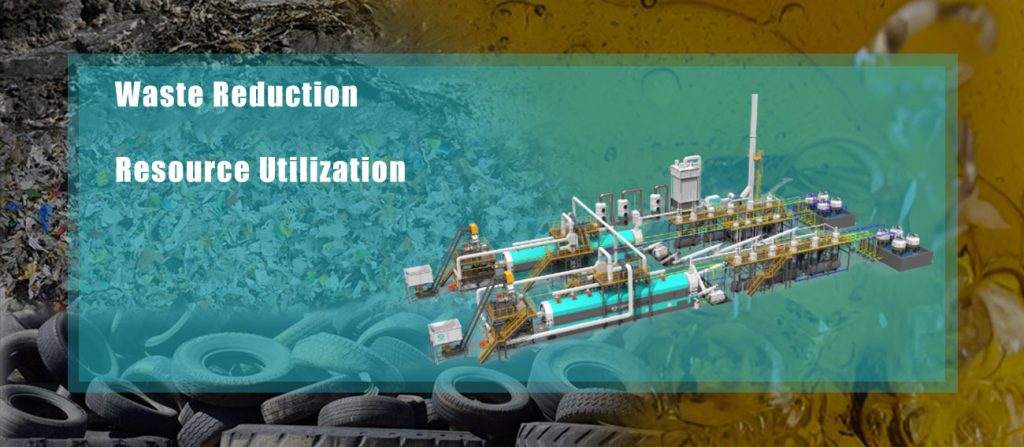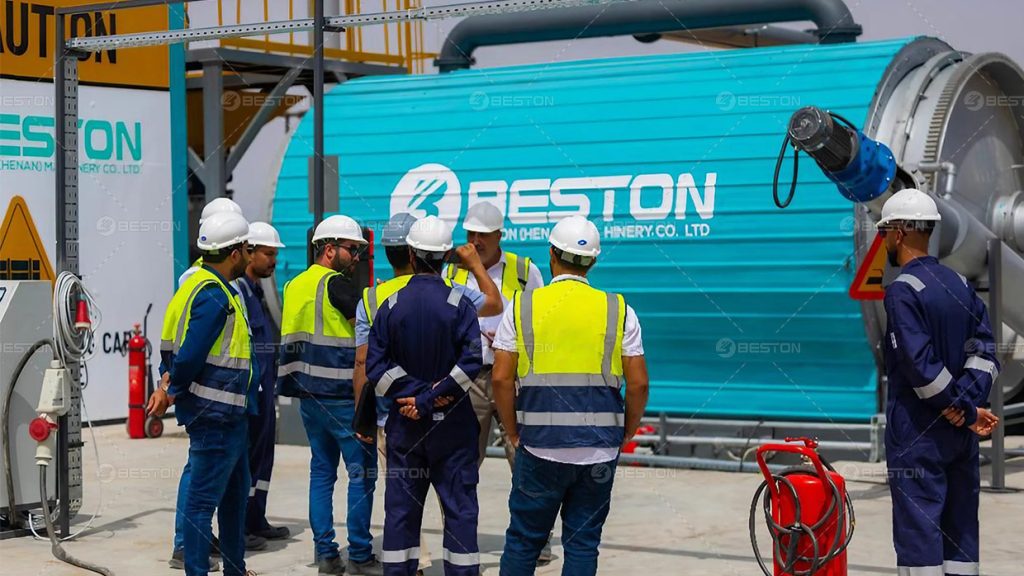Pyrolysis, a thermochemical process, plays a pivotal role in converting various waste streams into valuable byproducts. The process is widely applied to both industrial waste and biomass waste, but the characteristics, challenges, and outputs of these two feedstocks differ significantly. Understanding these distinctions is essential for optimizing the performance of a pyrolysis plant and ensuring its economic and environmental viability.
Composition of Feedstock
The primary difference between industrial and biomass waste lies in their composition. Industrial waste typically consists of hydrocarbon-rich materials such as plastics, rubber, and other synthetic compounds. These materials are non-biodegradable and have high calorific values, making them suitable for energy recovery and fuel production through pyrolysis equipment.
In contrast, biomass waste comprises organic materials like agricultural residues, wood chips, and animal manure. These feedstocks are rich in cellulose, hemicellulose, and lignin, which decompose differently under thermal conditions compared to industrial waste. Biomass has a lower energy density than industrial waste but offers the advantage of being renewable and widely available.

Pyrolysis Conditions
The operational parameters of a continuous pyrolysis reactor must be tailored to the specific type of feedstock.
Industrial Waste Pyrolysis
- Temperature: Higher temperatures (typically 400–600°C) are required to break down synthetic polymers into smaller hydrocarbon molecules.
- Catalysts: Catalysts are often used to enhance the breakdown of complex hydrocarbons and improve the yield of desired products like pyrolysis oil and syngas.
- Residue: The process generates minimal solid residue, primarily in the form of carbon black or ash, which can be repurposed in industrial applications.
Biomass Waste Pyrolysis
- Temperature: Biomass pyrolysis occurs at moderate temperatures (300–500°C), with lower energy input compared to industrial waste.
- Moisture Content: Pre-treatment, such as drying, is crucial for biomass due to its higher moisture content, which can impact thermal efficiency.
- Residue: Biomass pyrolysis yields biochar as a significant byproduct, which is valued for its soil-enhancing properties and carbon sequestration potential.
Byproduct Composition
The outputs of pyrolysis vary greatly depending on the feedstock.
Industrial Waste Byproducts
- Pyrolysis Oil: A high-energy liquid fuel derived from rubber or plastic to oil machine. It can be refined into diesel or used as a direct substitute for heavy fuel oil.
- Syngas: A combustible gas primarily composed of hydrogen, methane, and carbon monoxide, which can power the pyrolysis plant or generate electricity.
- Carbon Black: A solid residue with applications in the rubber and pigment industries.
Biomass Waste Byproducts
- Biochar: A stable carbon-rich material used in agriculture to improve soil fertility and water retention.
- Bio-oil: A liquid fuel that requires further refinement before it can be used as a replacement for fossil fuels.
- Syngas: Similar to that from industrial waste, though with a different composition due to the lower hydrocarbon content of biomass.
Environmental Considerations
The environmental implications of pyrolysis differ between the two waste types.
- Industrial Waste: Pyrolysis offers an effective solution for managing non-biodegradable materials that would otherwise end up in landfills or incinerators. By converting plastics and rubber into reusable fuels, the process mitigates the environmental impact of industrial waste. However, emissions control systems are necessary to capture any toxic gases released during the decomposition of synthetic materials.

- Biomass Waste: Biomass pyrolysis is considered carbon-neutral because the carbon dioxide released during combustion is offset by the carbon absorbed during the growth of the biomass. Additionally, biochar production helps sequester carbon, providing a long-term environmental benefit.
Economic Viability
The economic potential of a pyrolysis plant depends on the feedstock and the market value of its byproducts. For more professional ROI analysis of pyrolysis projects, please visit: https://bestonmachinery.com/
- Industrial Waste: The high energy density of industrial waste ensures a steady supply of valuable fuels like pyrolysis oil and syngas. However, the initial investment in advanced technology and emission controls can be substantial.
- Biomass Waste: While biomass pyrolysis produces lower-value fuels, the demand for biochar in agriculture and carbon markets can make it a lucrative venture. Moreover, biomass is often cheaper and more accessible than industrial waste.
Conclusion
The pyrolysis of industrial and biomass waste presents distinct challenges and opportunities. Industrial waste offers high-value outputs but requires advanced processing technology, while biomass waste provides environmental benefits and renewable products like biochar. A well-designed pyrolysis plant must consider the unique characteristics of the feedstock to maximize efficiency, profitability, and sustainability.